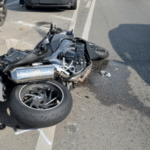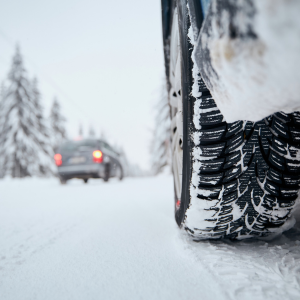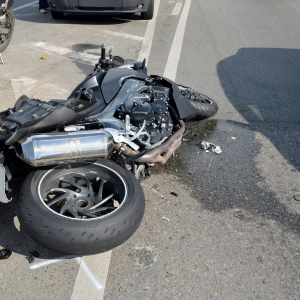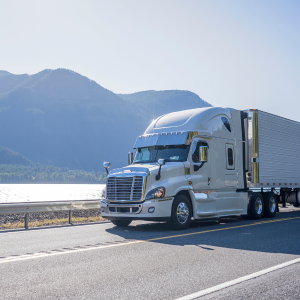Navigating Claims in Adverse Weather
It’s a cold December evening, and snow is starting to fall heavily as you drive home from work. The roads are slick, visibility is poor, and the usual 15-minute drive is taking twice as long. Suddenly, you see brake lights ahead, but it’s too late — your car skids on the ice, colliding with the vehicle in front of you. The impact is jarring, and as you exchange information with the other driver, you can’t help but wonder: How will this serious weather-related accident affect my claim?
Claims in bad weather can be tricky.
Weather conditions like rain, snow, fog, or even black ice can complicate the process of determining liability in a serious vehicle crash. While it’s easy to blame Mother Nature, the truth is that drivers are still responsible for operating their vehicles safely, regardless of the weather.
When it comes to serious car collisions in bad weather, insurance giants and courts will closely examine how each driver responded to the conditions. Were you driving too fast for the conditions? Did you leave enough space between your vehicle and the one in front of you? Did you have proper tires, serviceable brakes, and working headlights? These factors can all influence how fault is determined.
How does weather affect liability?
Reduced Visibility
In foggy or rainy conditions, visibility can be severely impaired. Suppose a collision occurs because a driver didn’t see another vehicle in time. In that case, they might be held partially or fully responsible for not exercising extra caution, like slowing down or even pulling over if necessary.
Slippery Roads
Snow and ice are notorious for causing skids and slips, leading to rear-end collisions or vehicles sliding off the road. However, just because the road is icy doesn’t mean the situation was unavoidable. Drivers need to adjust their speed and maintain greater distances between cars. Failure to do so could result in liability.
Hydroplaning
Heavy rain can create pools of water on the road, leading to hydroplaning, where the tires lose contact with the road surface. While this can be terrifying, if a driver was speeding or didn’t have properly maintained tires, they could be deemed the cause of the crash.
How can I build a strong claim?
In any weather-related vehicle crash, the key is to demonstrate that you took reasonable steps to drive safely, given the conditions. Here are some ways to strengthen your claim:
Document the Weather: Take photos or videos of the weather conditions immediately after the collision ONLY if it’s safe to do so. This can provide valuable evidence to show how bad the conditions were then.
Witness Statements: Eyewitnesses can be crucial in weather-related crashes. They can verify how the conditions impacted the car crash and whether the other driver was driving recklessly, given the weather conditions.
Vehicle Maintenance Records: Keep records of your vehicle’s maintenance, such as tire changes, brake checks, and windshield wiper replacements. This can prove that your vehicle was in good working condition and you were prepared for adverse weather.
Consult a Law Firm Early: Weather-related crashes can be tricky when it comes to proving fault. A law firm has the expertise to investigate the serious collision and build a strong case for you. They can help ensure that you’re not unfairly blamed for a crash caused by severe weather.
Involved in a weather-related vehicle collision?
If you’ve been involved in an accident caused by rain, snow, fog, or other challenging weather conditions, don’t let uncertainty about your claim add to your worries. Contact us today for a no-cost-to-you strategic planning meeting. We’re here to provide the expert guidance you need — every step of the way. When it matters, make it Maddox.





